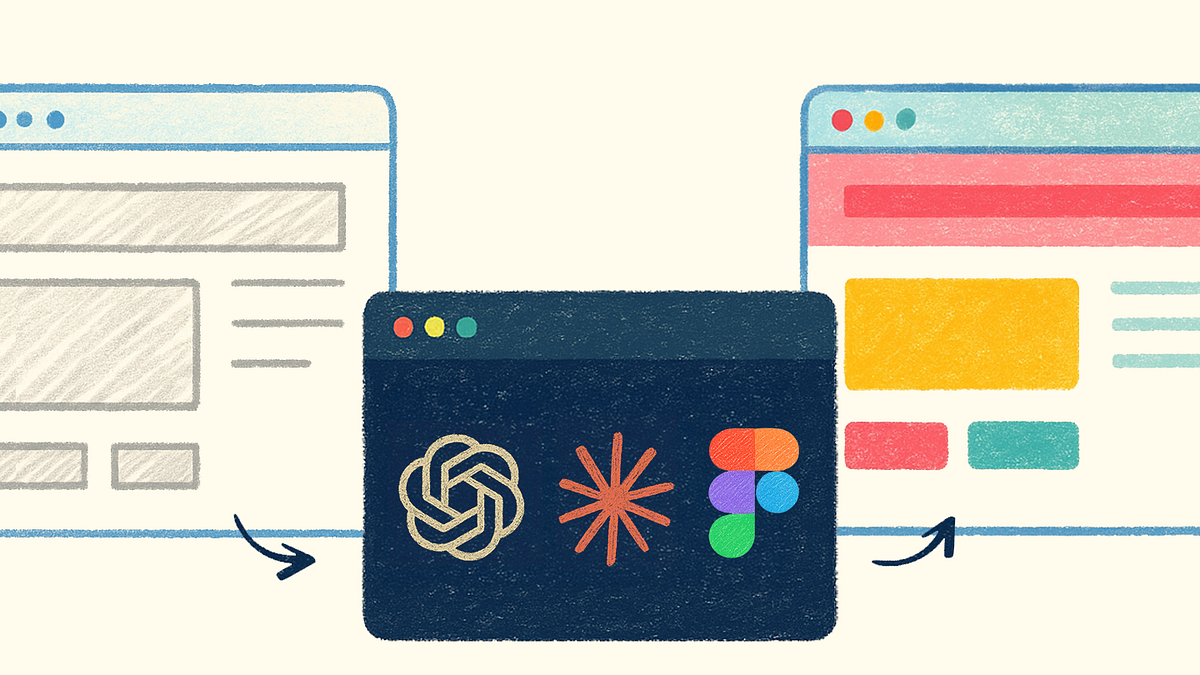
"If you are a designer already experimenting with AI tools, you know this feeling: gorgeous prototypes that, after looking at the code, are totally disconnected from the codebase your team is using and practically useless. I've explored multiple AI tools myself to speed up my design workflow, but something was always missing. I tried Replit, Lovable, v0, and Bolt only to end up with prototypes built with generic code, based on Shadcn or Tailwind CSS. They didn't align with the existing code, and couldn't be reused in production."
"Cursor was my first real look into what AI-assisted coding could look like. But soon after, agentic CLI tools like Claude Code came to play offering more control and capabilities, making AI integration into traditional workflows more efficient than any other IDE plugin ever did before. I began exploring Claude Code and Codex CLI, two command-line tools from Anthropic and OpenAI. Both can run locally inside a terminal or IDE, with immediate access to their respective models,"
Designers often create visually complete prototypes whose generated code is disconnected from the production codebase and therefore unusable. Many AI prototyping tools produce generic components based on Shadcn or Tailwind CSS that do not align with existing design tokens or code architecture. MCP servers combined with Code Connect UI provide component mapping and MCP instructions to bridge design and code. Agentic CLI tools such as Claude Code and Codex CLI run locally, access models directly, and integrate with MCP servers to produce production-ready components that reflect the existing design system and codebase.
Read at Medium
Unable to calculate read time
Collection
[
|
...
]